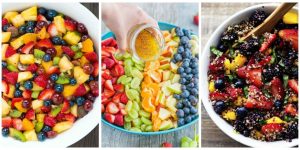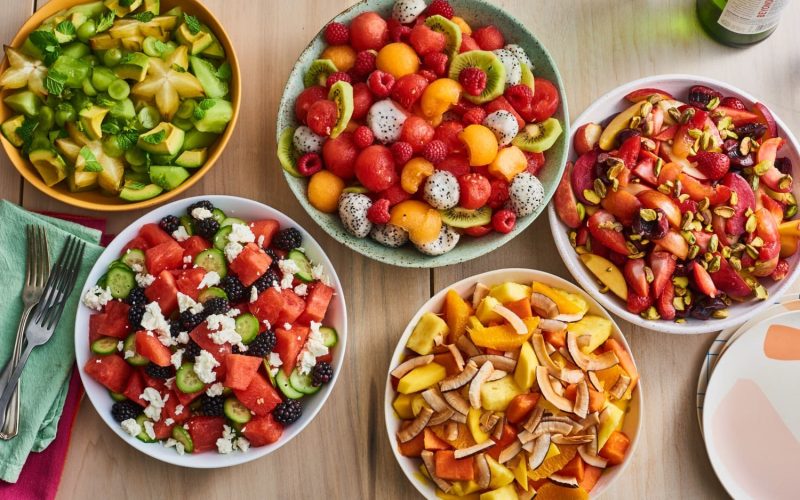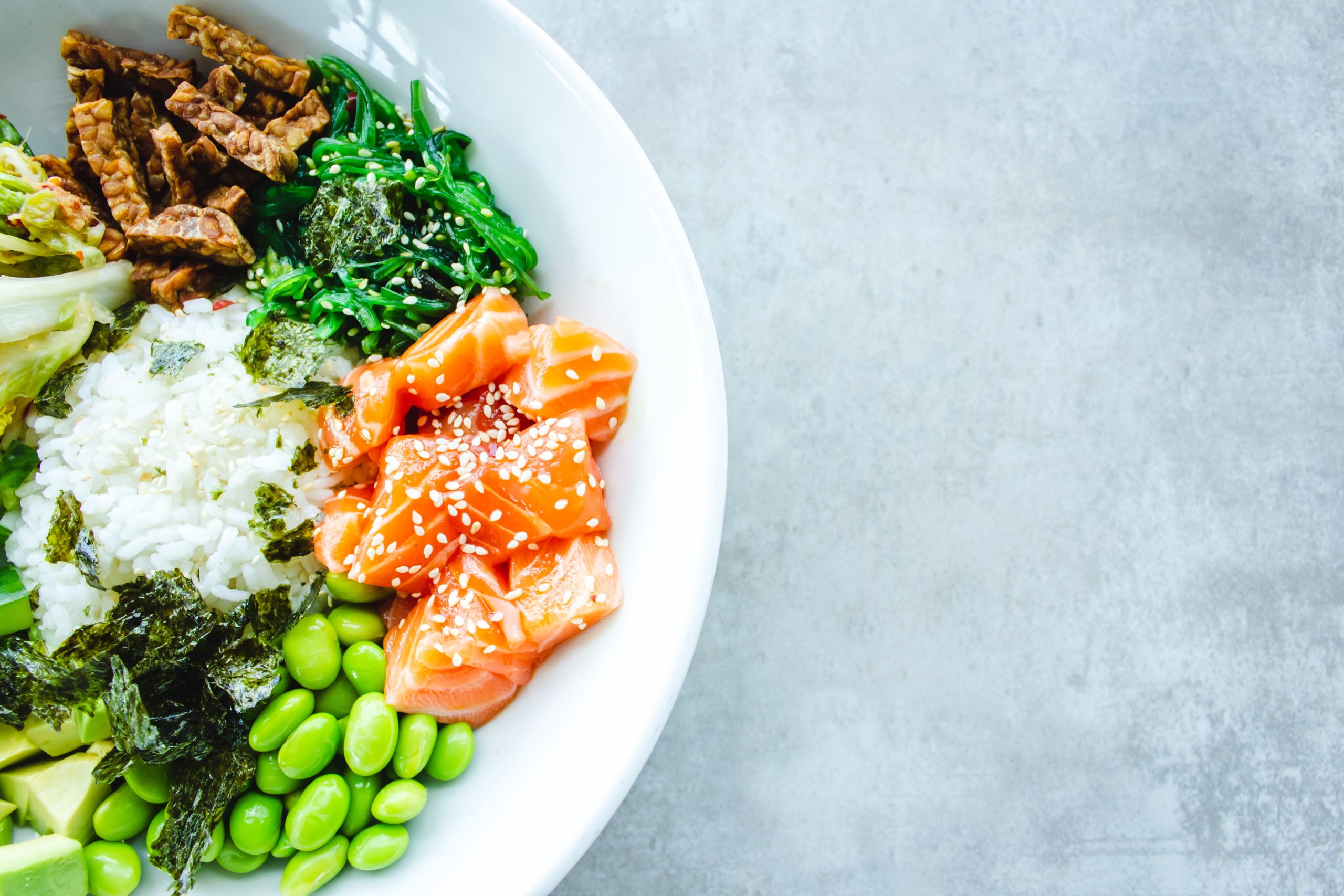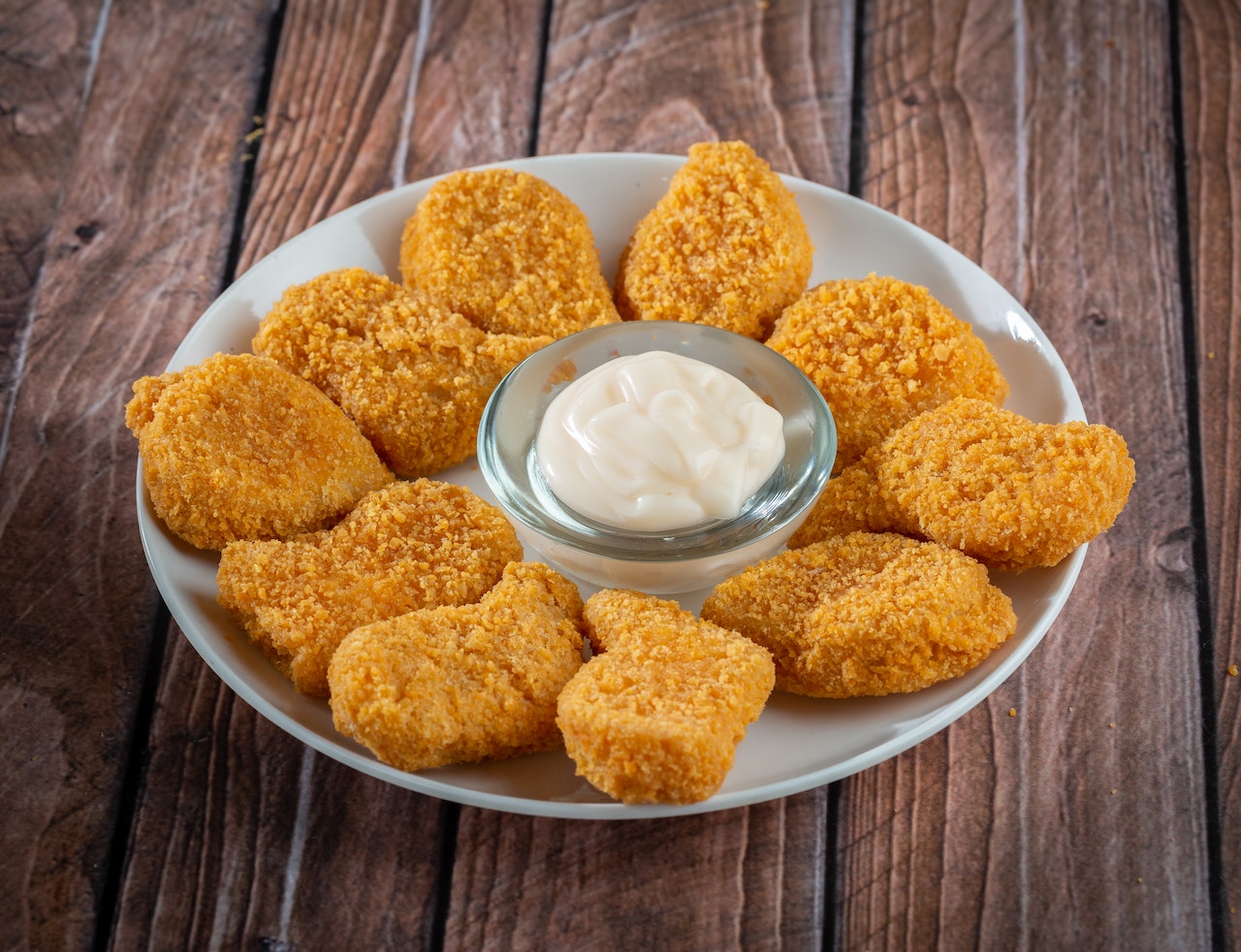Introduction
Fruit salad is a classic side dish, but sometimes you want something different—a unique fruit salad that surprises and delights. A creative fruit salad recipe can turn simple fruit into an exciting treat. By mixing unexpected fruit combinations, adding fresh herbs, and choosing bright dressings, you can make a dish that stands out at any meal or party. In this guide, we’ll explore the key steps to crafting a unique fruit salad, from picking the best fruits to presenting your masterpiece. Get ready to learn how small changes can transform a basic fruit mix into an unforgettable flavor adventure.
Why Go Beyond Ordinary Fruit Salads?
Most fruit salads use the same fruits: melon, berries, and grapes. While these are tasty, they can feel predictable. A unique fruit salad brings new textures and flavors. It pairs sweet, tart, spicy, and creamy ingredients in one bowl. This variety keeps your taste buds curious. It also adds color and nutrition to your table. Kids and adults alike love exploring different flavors together. Breaking free from the usual lineup lets you celebrate seasonal produce. It also invites cultural influences—think mango and chili for a Mexican twist, or lychee and mint for an Asian flair. Going beyond ordinary makes your fruit salad more than just a side dish; it becomes the star.
Choosing Fruits for Flavor and Texture
The first step in any creative fruit salad recipe is picking the right fruits. Aim for a mix of:
- Sweet fruits: Pineapple, ripe mango, and peaches
- Tart fruits: Kiwi, green apples, and pomegranate seeds
- Soft fruits: Bananas, strawberries, and ripe pears
- Crisp fruits: Apples, grapes, and fresh pears
Balance is key. Too much soft fruit can turn mushy, while only crisp fruits may lack juiciness. Consider seasonal picks—summer berries, fall pears, or winter citrus. Freshness is vital: choose fruits that are ripe but firm. Rinse and pat dry all fruits before cutting. This lets dressings and add-ins cling better. When possible, buy organic or local fruits to maximize flavor and reduce pesticides.
Unexpected Fruit Combinations

What makes a fruit salad something different? Pair fruits you would not normally mix:
- Watermelon + Feta + Mint: The sweet melon pairs with salty cheese and bright mint leaves for a Greek-inspired salad.
- Mango + Blueberries + Basil: Mango’s richness complements the pop of blueberries and the peppery twist of basil.
- Pear + Pomegranate + Sage: Juicy pear and crunchy seeds blend with earthy sage for a fall-ready mix.
- Kiwi + Dragon Fruit + Lime Zest: Exotic dragon fruit and tangy kiwi sparkle with fresh lime.
Try combining tropical fruits like papaya or passion fruit with temperate fruits such as apples and grapes. Don’t be afraid to drizzle a little honey or hot pepper oil on top—sweet heat awakens the palate. Mixing fruits from different climates also adds visual interest, with each piece’s color and shape offering a fresh surprise.
Adding Texture with Nuts, Seeds, and Cheese
A truly unique fruit salad often includes elements beyond fruit. Nuts and seeds add crunch and healthy fats:
- Toasted almonds or walnuts give a nutty bite.
- Chia seeds or hemp hearts lend a gentle crunch.
- Pumpkin seeds bring earthiness and protein.
Cheese can also elevate your salad. Try:
- Feta for a salty contrast
- Goat cheese for creaminess
- Mozzarella pearls for a mild, milky taste
Coconut flakes, granola clusters, or even crushed graham crackers add playful textures. These bits soak up dressings and keep each bite interesting. Remember to add crunchy elements just before serving to maintain their snap.
Crafting the Perfect Dressing
A fruit salad dressing ties all ingredients together. Simple dressings can be made from:
- Citrus juice and honey: Mix fresh orange, lemon, or lime juice with a teaspoon of honey per cup of juice.
- Yogurt-based glaze: Whisk plain Greek yogurt with a little maple syrup or agave for creaminess.
- Herb-infused syrup: Simmer sugar, water, and rosemary or lavender; cool before drizzling.
For a spicy kick, add a pinch of cayenne or chili powder. For a minty chill, blend fresh mint leaves into the dressing. Always taste and adjust—dressings should be bright, slightly sweet, and just tangy enough to amplify fruit flavors without overpowering them.
Presentation and Serving Tips
Even the best creative fruit salad recipe shines brightest when presented well. Use these tips:
- Serve in clear bowls or jars: The layers of color become part of the appeal.
- Garnish with fresh herbs: A sprig of mint, basil, or thyme adds elegance.
- Layer fruits by color: Create stripes or sections for a rainbow effect.
- Chill before serving: Let the salad rest in the fridge for 10–15 minutes so flavors meld.
- Offer toppings on the side: Nuts, seeds, cheese, and dressings can be self-serve to cater to different tastes.
For parties, set up a fruit salad bar. Provide bowls of diced fruit, dressings, and mix-ins. Guests can build their own jars to personalize flavor and texture. This interactive approach makes fruit salad a fun, engaging experience for all ages.
Seasonal Variations and Themed Salads
A great way to keep your unique fruit salad fresh is to follow the seasons:
- Spring Salad: Strawberries, rhubarb compote, and edible flowers
- Summer Salad: Peaches, cherries, blueberries, and basil
- Fall Salad: Apples, figs, cranberries, and a cinnamon-honey glaze
- Winter Salad: Blood oranges, pomegranate seeds, kiwi, and mint
You can also theme your salad for holidays or special meals. For example:
- Tropical Luau: Pineapple, mango, papaya, shredded coconut, and lime
- Holiday Feast: Cranberries, mandarin slices, candied nuts, and orange zest
- Garden Party: Mixed berries, cucumber, mint, and a lavender-honey drizzle
By adapting ingredients and flavors, you’ll never grow tired of fruit salad. Each version feels like something different.
Tips for Perfect Fruit Salad Every Time
- Cut fruits uniformly: Even sizes ensure consistent texture and flavor.
- Add delicate fruits last: Berries and soft fruits go in just before serving.
- Keep juices for dressing: Save any fruit juice released during cutting to enhance dressings.
- Avoid watery fruits: Watermelon and honeydew work best when seeded and patted dry.
- Toss gently: Use large spoons or salad tongs to mix without crushing.
These simple steps help maintain visual appeal and overall balance. By paying attention to details, your salad will look and taste its best.
Conclusion
Crafting unique fruit salad that transcends the ordinary is both an art and a science. Start with a balanced selection of sweet, tart, soft, and crisp fruits. Embrace unexpected fruit combinations and layer in crunchy nuts, seeds, or creamy cheese for texture. Elevate flavors with bright, herbal, or spicy dressings. Present your creation in clear bowls, garnish with herbs, and offer mix-ins on the side for a fun, interactive twist. By following seasonal and themed variations, you’ll always have something different to share. With these tips, your fruit salad becomes more than a dish—it becomes a vibrant, memorable experience for every table.










